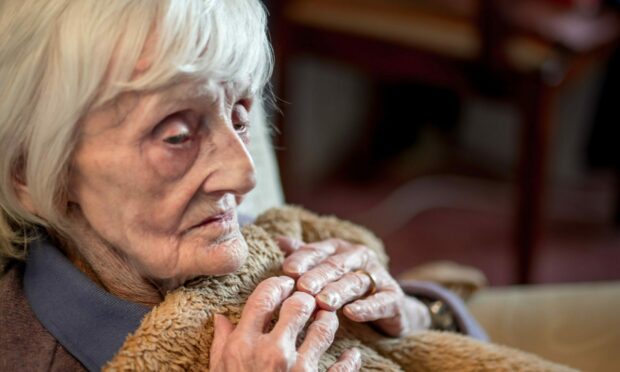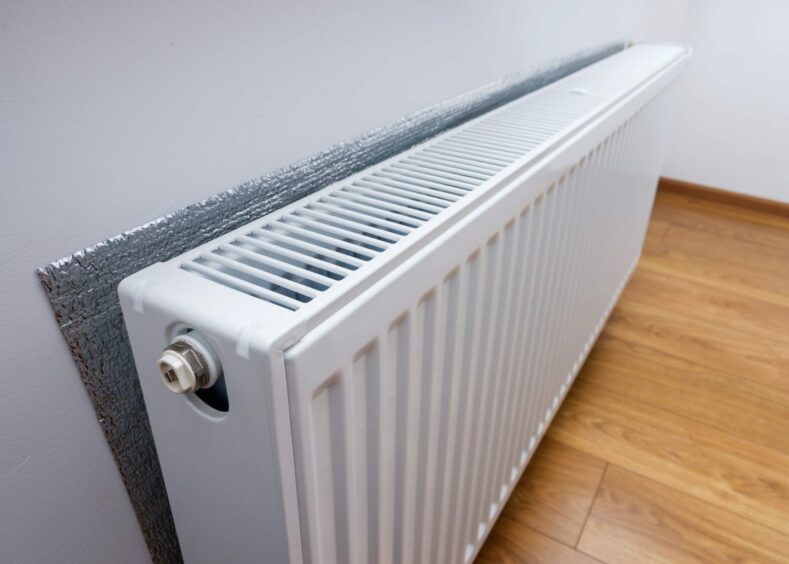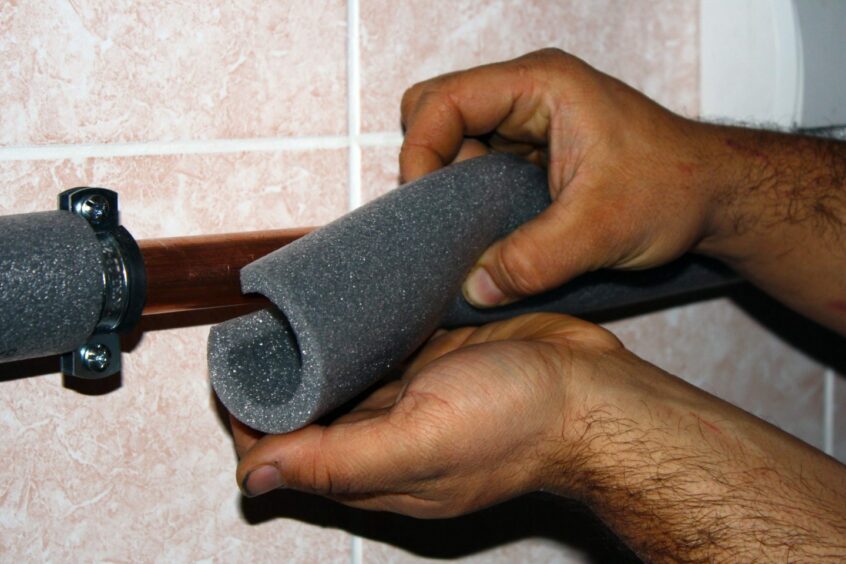As temperatures plummet across the country the big question is how to heat your home whilst not spending a fortune.
The cost of bills is rocketing and it’s more important than ever to make sure your property is as energy efficient as possible.
The major things, such as our boiler and central heating system, plus how well-insulated our doors and windows are, should definitely be a priority.
But there are also smaller changes you can make that can go a long way in helping you feel warmer.
Here are some home heating hints and tips to help you through the colder months.
How to heat your home efficiently and save money on heating
Apply reflective foil to the wall behind your radiators
Poorly insulated walls give the heat a fast escape route from your house. A way to combat this is to use foil behind the radiators.
This will reflect the heat from the radiator back into the room instead of allowing it to escape through the walls.
Keep curtains open until it gets dark
While keeping your curtains closed will keep the heat in at night, keep them open during the day. Any sunlight will naturally heat up the room, which will help when you finally draw the curtains as the cold night sets in.
Insulate pipes
Insulating hot water pipes can save money on energy costs by preventing piping losing heat to surrounding air. You can use pipe foam sleeves.
Draught-proof your windows and doors
In addition to knowing how to insulate your home, draught-proofing windows is a simple, worthwhile DIY task.
All you need to do is apply self-adhesive foam tape to a window frame. This can be bought online or from DIY stores.
It is also worth checking your doors and whether some tape would help with any draughts there. For gaps between the bottom of the door and the floor, you can buy a draught excluder.
Keep all doors closed
It might seem an obvious one – but make sure all your doors are shut.
Leaving doors open is a fast way to let heat escape a room, and will mean you’re more likely to turn the central heating up. Closing the doors will make your space feel a lot warmer.
And of course, the same applies to windows too.
Use heavyweight curtains
Thermal-lined curtains can help you keep the cold out more effectively, especially if you have single-glazed windows.
If thermal curtains are outside of your budget, you can make sure they are lined. Generally, blackout curtains do a good job of retaining heat.
Do a ‘home energy check’ online
Home Energy Scotland offers an online tool to find out how you can achieve lower energy bills and a more comfortable home. Receive a report with details of improvements based on the information you provide.
Get your home assessed in Aberdeen, Aberdeenshire and Moray
Scarf delivers the Home Energy Scotland (HES) service in Aberdeen City, Aberdeenshire, and Moray.
Their advisors provide tailored advice that’s specific to your home, and can check your eligibility for financial support including Warmer Homes Scotland, the Home Energy Scotland Grant and Loan and more.
Measures such as energy efficient LED lightbulbs or draught excluders can then be installed free of charge.
Call 0808 129 0888 or email heat@scarf.org.uk to arrange the most suitable day and time for a visit.
Claim up to £5,000 cash for home heating improvements
The Scottish Government’s Warmer Homes Scotland programme offers funding and support to households struggling to stay warm and keep on top of energy bills.
Pensioners age 75 or over and who have no working heating system or working-age people in receipt of benefits and who have lived in their home for at least twelve months are eligible.
Assessors will come to your home to survey it and will recommend improvements suitable for the home, which could include a range of insulation and heating.
In most cases, all costs will be met by the Scottish Government.
How else can I save money in the home?
- Turn down a room thermostat by one degree (£80)
- Replace all standard bulbs with energy-saving light bulbs (£60)
- Turn off appliances rather than standby (£50)
- Line dry clothes instead of using a tumble drier (£50)
- Draughtproof windows and doors (£40).
Struggling to heat your home? Help is available
Scarf chief executive David Mackay says while there is no avoiding increases in prices, there are preventative measures that households can take.
He says: “We want to reassure everyone that help is out there. Our team stands ready to provide support and advice in any way we can.”




Conversation